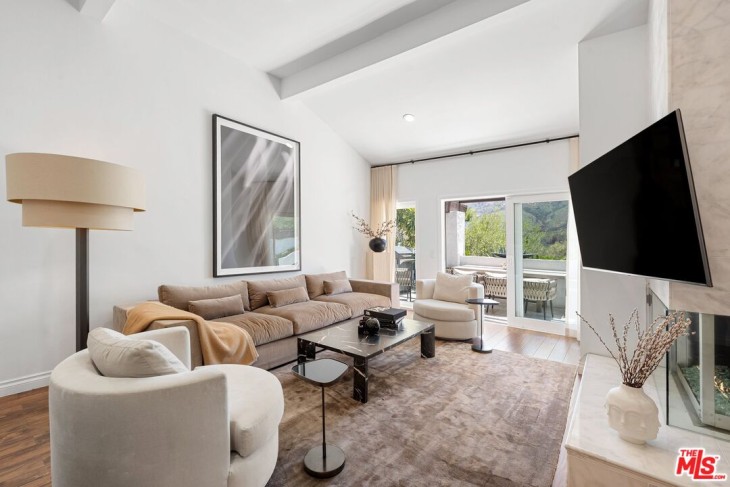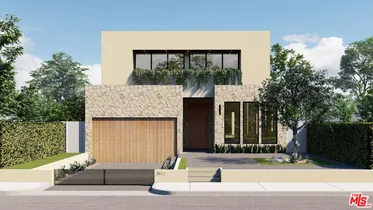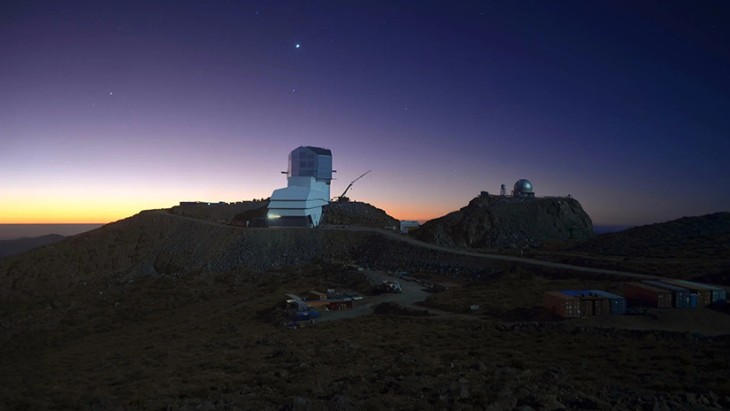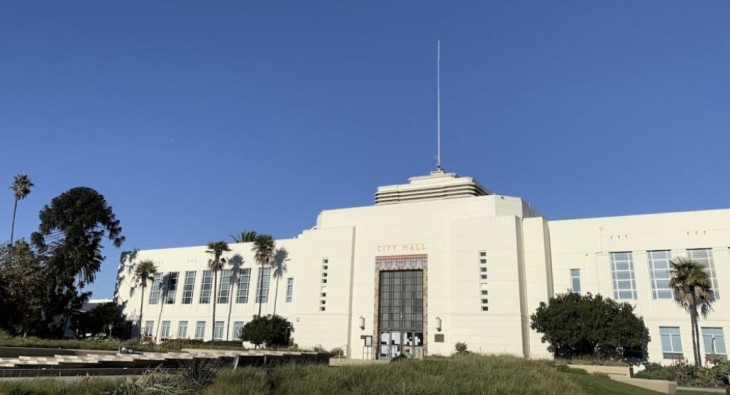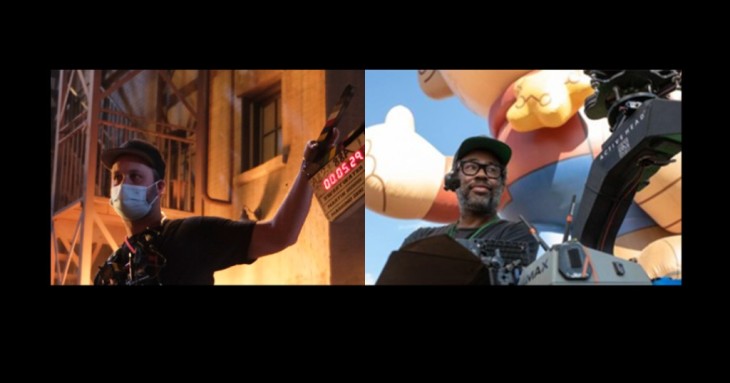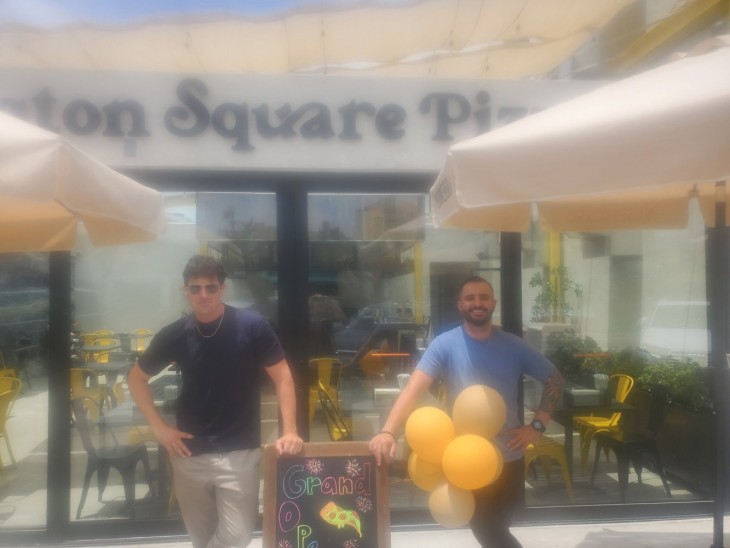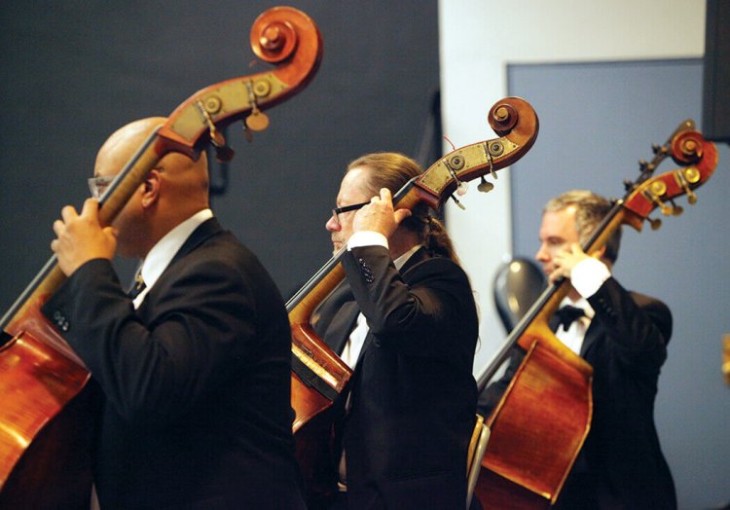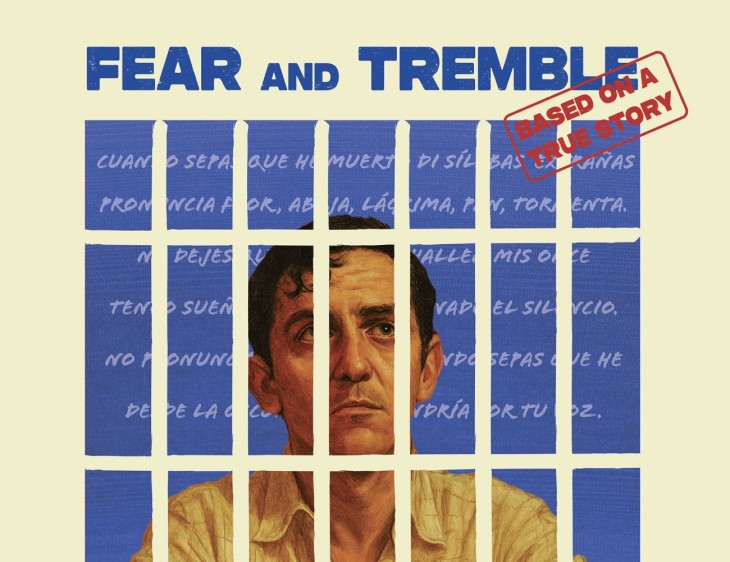
Two years ago, and in the context of the Downtown Community Plan which was being discussed at the time, we provided a few thought-provoking observations by architects, designers, and philosophers who have thought deeply about the city environment. Those thoughts are still critically relevant in today’s Santa Monica, and are worth revisiting.
“Traditional urbanism has three essential qualities: (1) a diverse population and range of activities, (2) a rich array of public spaces and institutions, and (3) human scale in its buildings, streets, and neighborhoods.” – Peter Calthorpe: Urbanism in the Age of Climate Change, Island Press 2010
“There is abundant evidence to show that high buildings make people crazy.
…High buildings have no genuine advantages, except in speculative gains for banks and land owners. They are not cheaper, they do not help create open space, they destroy the townscape, they destroy social life, they promote crime, they make life difficult for children, they are expensive to maintain, they wreck the open spaces near them, and they damage light and air and views.
“It is our experience that in both housing and office buildings, the problems begin when buildings are more than four stories high.
“At three or four stories, one can still walk comfortably down to the street, and from a window you can still feel part of the street scene: you can see details in the street, the people, their faces, foliage, shops. From three stories you can yell out, and catch the attention of someone below. Above four stories these connections break down. The visual detail is lost; people speak of the scene below as if it were a game, from which they are completely detached. The connection to the ground and to the fabric of the town becomes tenuous; the building becomes a world of its own: with its own elevators and cafeterias.” – Christopher Alexander: A Pattern Language. Oxford University Press, 1977. p.118
“Cities need old buildings so badly it is probably impossible for vigorous streets and districts to grow without them. By old buildings I mean not museum-piece old buildings, not old buildings in an excellent and expensive state of rehabilitation – although these make fine ingredients – but also a good lot of plain, ordinary, low-value old buildings, including some rundown old buildings.
“But neighborhood bars, foreign restaurants and pawn shops go into older buildings. Supermarkets and shoe stores often go into new buildings; good bookstores and antique dealers seldom do. Well-subsidized opera and art museums often go into new buildings. But the unformalized feeders of the arts–studios, galleries, stores for musical instruments and art supplies, backrooms where the low earning power of a seat and a table can absorb uneconomic discussions–these go into old buildings. Perhaps more significant, hundreds of ordinary enterprises, necessary to the safety and public life of streets and neighborhoods, and appreciated for their convenience and personal quality, can make out successfully in old buildings, but are inexorably slain by the high overhead of new construction.” – Jane Jacobs: The Death and Life of Great American Cities, Random House 1961
“In any urban area, no matter how dense, keep the majority of buildings four stories high or less. It is possible that certain buildings should exceed this limit, but they should never be buildings for human habitation.” – Christopher Alexander, A Pattern Language. Oxford University Press, 1977.
“…One does not have to be a terrorist capable of monstrous acts to feel a deep sense of something terribly amiss with many new places we see being built. We know instinctively that something is wrong with a whole series of daily experiences that have become commonplace in towns and parts of towns we have built in the last fifty years but that were not everyday occurrences before then…Primates in the social environment of monkey island at the zoo look like they are doing all right, jumping around outside with their friends. But primates isolated in cages in research labs look terrible; you can see the sadness and desperation in their eyes. We are no different; when our environment does not suit our genetic makeup, bad things happen to our health and our spirits.” -Daniel Solomon, Global City Blues, Island Press 2003
“…research shows that the benefits of density are not linear, but taper off as density increases. In other words, there is an optimum density, above which the negative effects of density start to increase over the positive ones. That “sweet spot” seems to be in the neighborhood of about 50 people per acre. And many cities around the world achieve this density without tall buildings, and while creating a very appealing, livable environment…” – Michael Mehaffy, Better! Cities & Towns web site, blog post 2.21.11
“Most urban redevelopment projects, give or take a few malls, promise scenes like this: pompous, formalistic patterns that look fine from the top of a tower or in architect’s perspective, but will be an oppressive void to the poor pedestrian! The city is for human beings, not for a race of giant men playing a new kind of chess.” – Jane Jacobs, Downtown is for People, The Exploding Metropolis, Doubleday & Co. 1958
“High land costs encourage greater intensity of land use, and this, in turn, suppresses certain structural forms. Modern lot plotting tends to exalt the cube motif in architecture. Ledges, court yards, arcades, free standing towers, and magnificent outdoor stairways have become prohibitive luxuries for us. Even in the design of public buildings the architect must curb his ingenuity in designing balconies, bay windows, or projections of any kind. The tendency to stick to the “building line” is so deeply entrenched in modern practice that it has virtually outmoded worthwhile structural forms like the outdoor stairway.” – The Art of Building Cities, Camillo Sitte, Charles T. Stewart transl. Hyperion Press, Inc. 1945. (first edition 1889)
These authors are worth reading. Many of them warn–either explicitly or between the lines–against letting ideological dogma and false economic theories of the day form the shape of our cities. We should hear what they say and understand their relevance to our community.
Daniel Jansenson, Architect, Building and Fire Life-Safety Commission
Santa Monica Architects for a Responsible Tomorrow: Thane Roberts, Architect, Robert H. Taylor AIA, Daniel Jansenson Architect, Building and Fire Life-Safety Commission, Ron Goldman FAIA, Samuel Tolkin Architect, Mario Fonda-Bonardi AIA, Planning Commissioner, Phil Brock, Arts Commissioner


